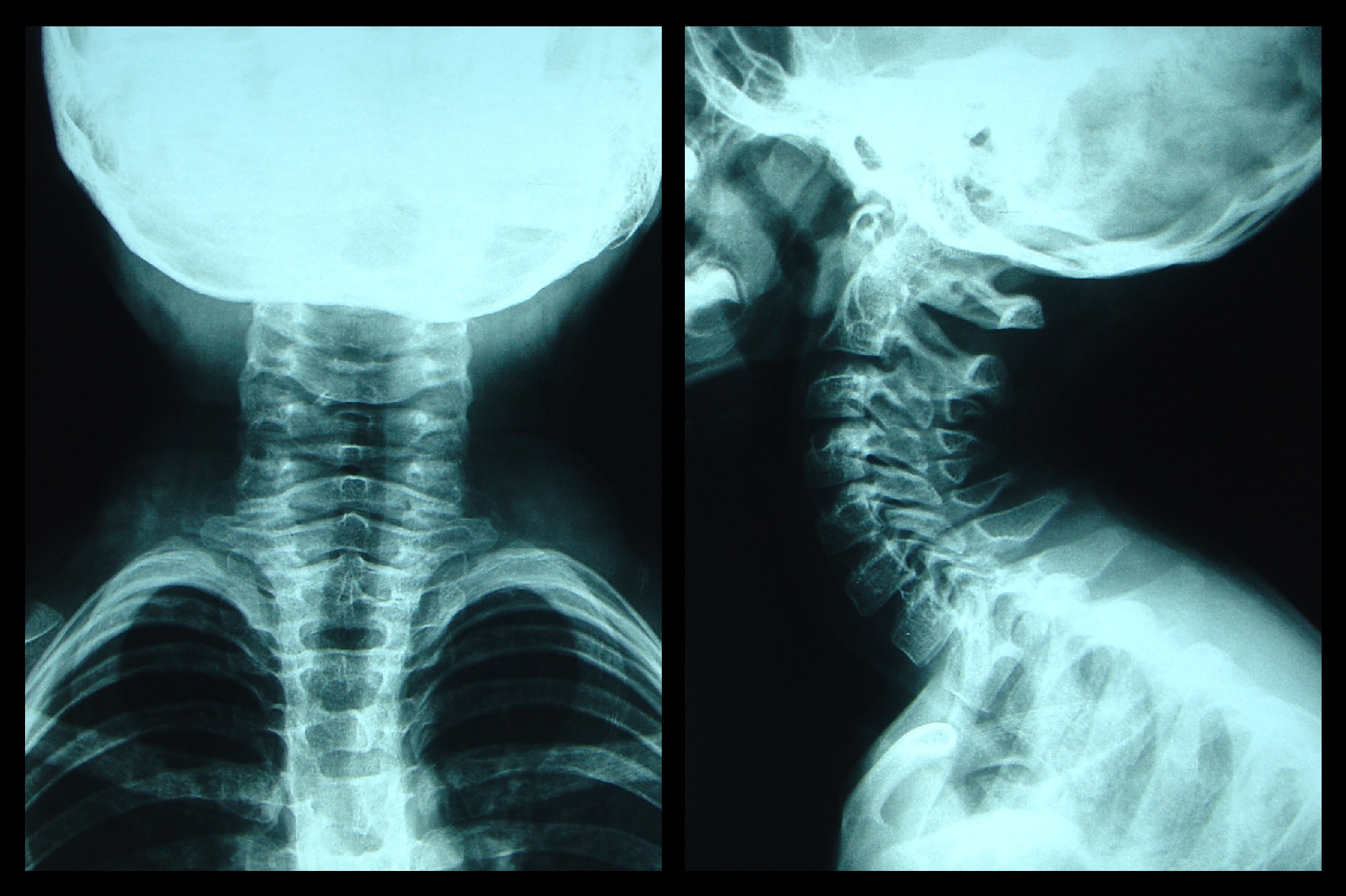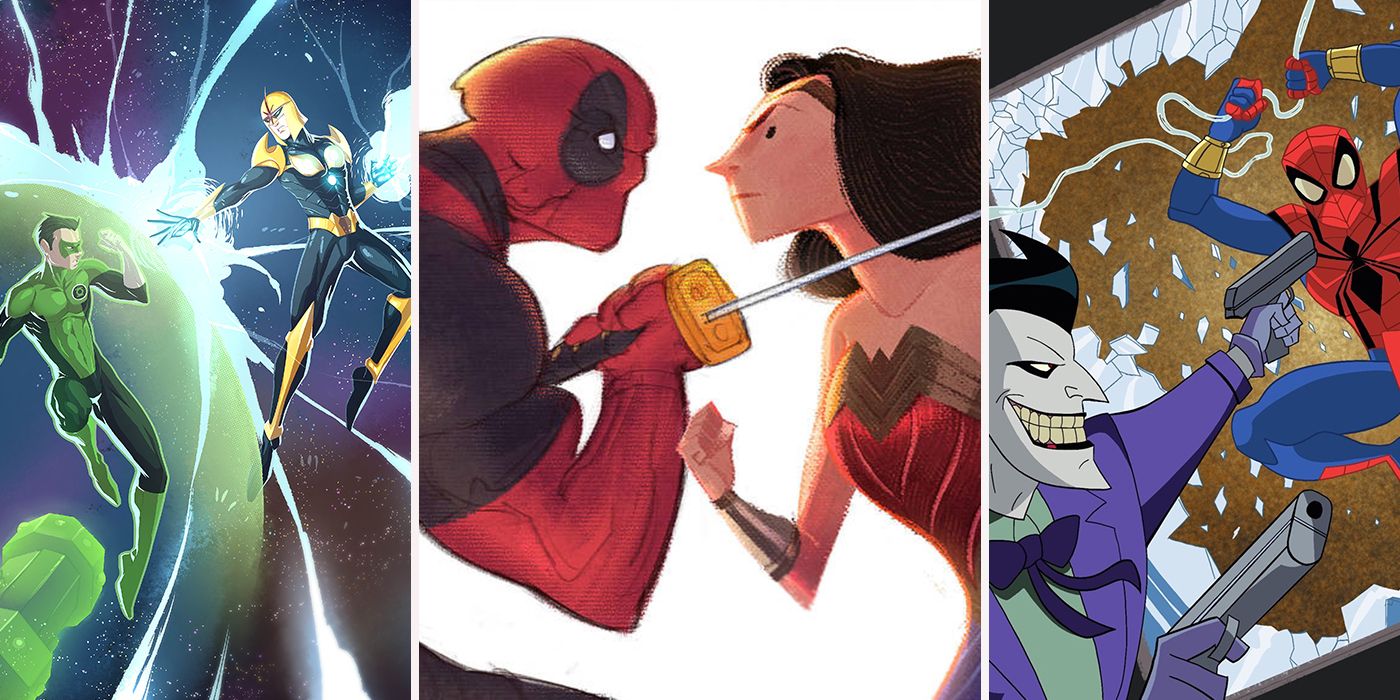

This comes at a cost, as it is not easy to find out what features have actually been learned. Therefore, we allow the network to choose itself the relevant features the only feature which we give as “input” is the brushstroke.

We as developers do not wish to bias the training. The black box character of AI algorithms is, of course, very well known. Probabilities to distinguish original from fake can be higher than 90% depending on the style and artist, and we are continuously working on improving accuracy. If they match, the new image is labeled as original otherwise, it is a fake. When a new, previously unseen artwork is being analyzed, the same type of features are collected and compared to the already stored one.

Once the training has been completed, the algorithm has learned with extremely high precision the characteristics of that artist. JB: How does the actual Art Recognition algorithm work? What is the model actually looking at in the artwork? Are there aspects of it that are essentially a black box, or are you able to understand all aspects of the analysis?ĬP: The algorithm is based on a deep convolutional neuronal network which we train to “learn” the characteristics of an artist from a set of original artworks by that artist. Also, neural networks were already a hot topic 15 years ago, but only in recent years new algorithms and computing power which can handle the large data at a sufficient pace became available. You need to continuously improve the models and use your creativity to make them solve the issue at hand. What is also common to all applications is the ability to find ways to handle data which are not as good as you would wish them to be. The problems that we’ve worked on across the years are of very different natures, yet they all require the capacity to translate a specific problem (which can be in physics, finance, and now art) into a mathematical model and then find the right method to solve it. How does this translate to using machine learning to identify forgery in art?ĬP: We have a lot of practical experience in applying mathematical/machine learning (ML) models on large data sets. JB: Your academic background is in particle physics. Meanwhile, it became clear that the program has a great potential and there is a huge interest on the market, so at the beginning of 2019 we decided to take the plunge and start a business here in Zurich.
#I wish xray vision was real full#
In 2017, I started working on the algorithm full time, while Christiane followed one year after. And when the idea of an AI program to detect art forgeries eventually emerged, we discussed it thoroughly together. Our career paths have split, but we stayed friends. JB: How did you and your co-founder Christiane meet and decide to start a company together to detect art forgery?ĬP: We met at Switzerland’s largest bank where we worked together for a while. Although strictly professionally, Modigliani is probably not the best choice, being as he is the most forged artist of modern times. I mostly like Surrealists – Dali is my favorite, but in recent years I discovered Max Ernst, whom I find quite amazing.Īnother artist I admire is Modigliani, also because of his turbulent life and tragic death. At the same time, I always had a strong interest in arts, not just visual, but also literature and theater. I was fascinated by the physics of elementary particles, which later also become my main topic of research.

Back in my home country of Romania, I went to a high school with strong focus on math and physics. When did you start getting interested in art? Which artists are your favorite? Have you always been technically inclined?Ĭarina Popovici: Indeed, I have always been technically inclined. Please share a bit about your background with us. I’m always curious to learn if they started with a strong interest in art and migrated towards tech or the other way around. Jason Bailey: I love interviewing people working at the intersection of art and tech because they always have really interesting backgrounds.


 0 kommentar(er)
0 kommentar(er)
